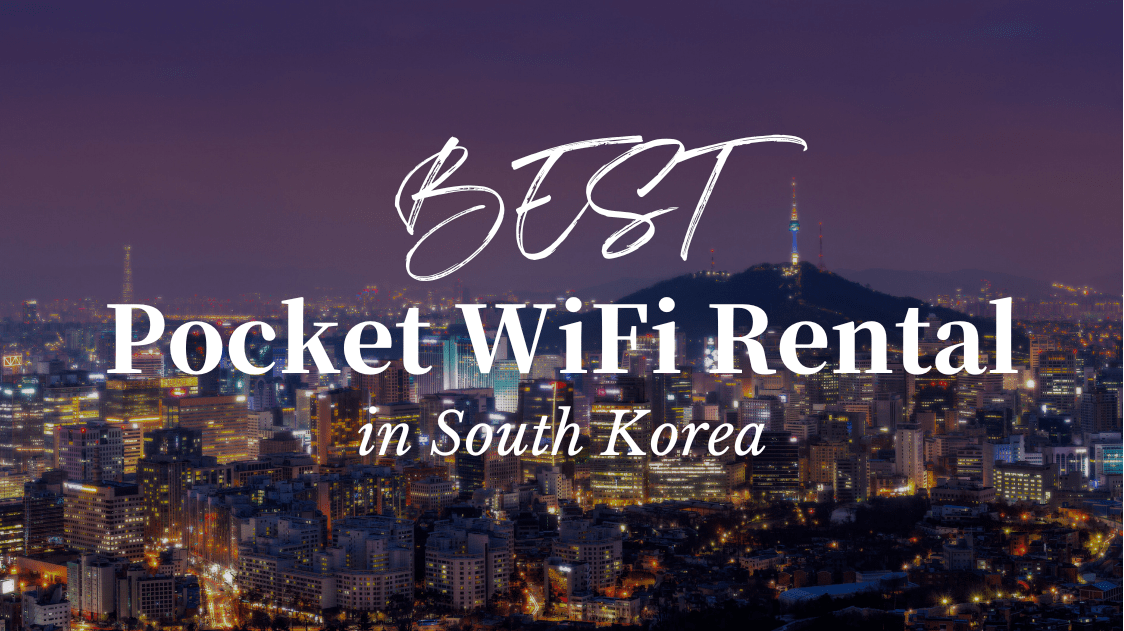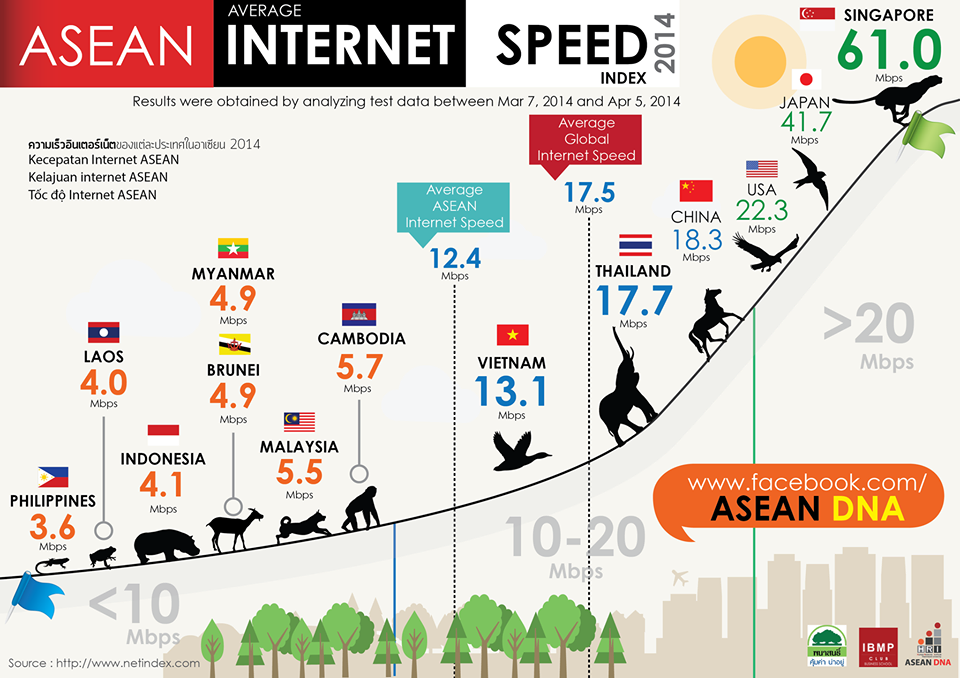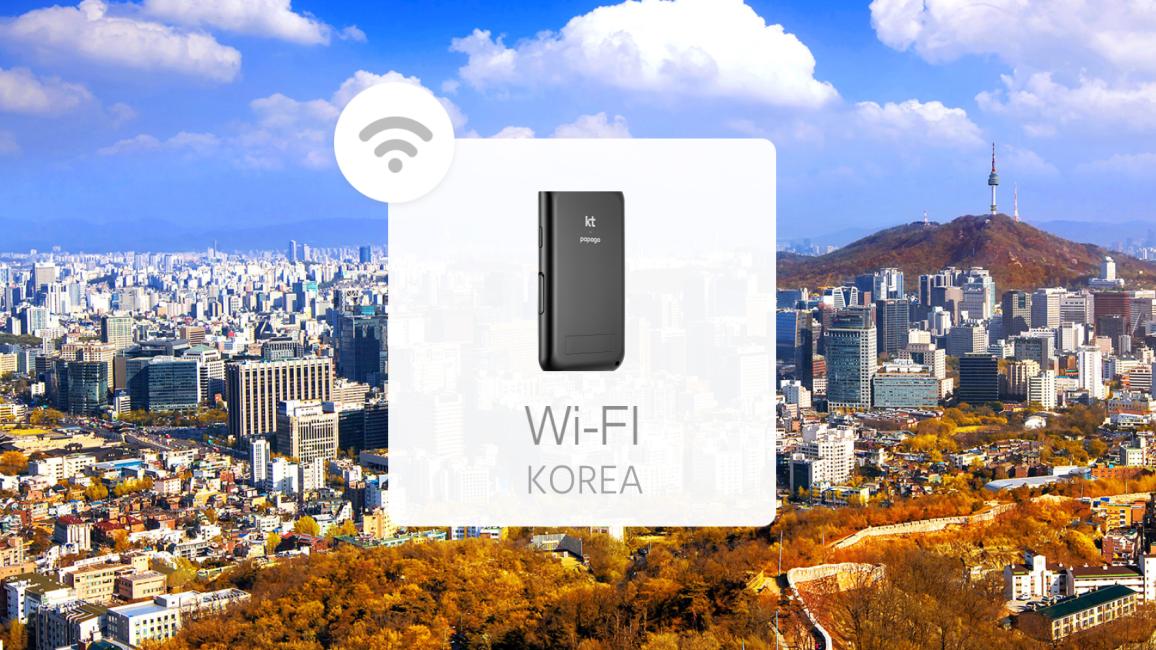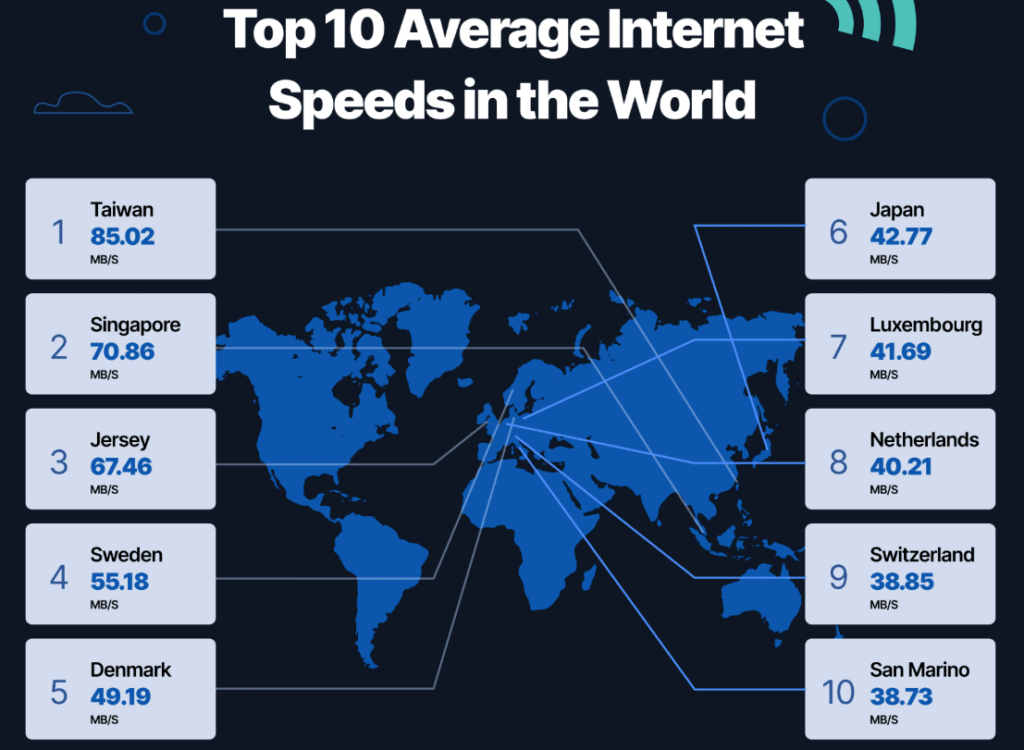Reliable internet providers and speeds in South Korean apartments are crucial for both residents and businesses. Finding the right provider can be a challenge, given the variety of options and varying levels of service quality. This guide navigates the complexities of South Korean internet, comparing major providers, analyzing speeds, and offering insights into factors affecting performance. We’ll explore everything from contract terms to troubleshooting tips, helping you choose the best internet solution for your apartment.
This exploration delves into the specifics of popular providers like KT, SK Broadband, LG U+, and smaller players, comparing their coverage, pricing, and customer service reputations. We’ll examine the advertised speeds versus real-world performance, considering factors like building infrastructure and connection type. Understanding these nuances will empower you to make an informed decision and secure a consistently reliable internet connection.
Major Internet Service Providers in South Korean Apartments

Source: jw-webmagazine.com
Securing reliable internet in South Korean apartments can be tricky, with speeds varying wildly between providers and buildings. Finding the right service is crucial, much like the importance of finding a trustworthy tradesperson for home improvements; for example, the process of finding a reliable kitchen fitter in London requires similar diligence. Back to internet though, researching reviews and comparing packages is key to getting a consistently fast and dependable connection in your Korean apartment.
Securing reliable internet access is crucial for life in South Korea, especially in apartments. Understanding the major providers, their services, and contract terms is essential for making an informed decision. This section details the top providers, installation processes, and contract specifics to help you choose the best internet plan for your needs.
Top Five Internet Service Providers in South Korea
Choosing an internet provider in South Korea can feel overwhelming. The following table summarizes five of the most prevalent providers in apartment buildings, offering a comparison of their services. Note that coverage areas and pricing can vary depending on the specific location and plan chosen. Customer support ratings are based on aggregated online reviews and may fluctuate.
| Provider Name | Coverage Area | Typical Pricing (Monthly, approx.) | Customer Support Rating (out of 5) |
|---|---|---|---|
| KT (Korea Telecom) | Nationwide, strong presence in urban areas | ₩30,000 – ₩100,000+ | 4.0 |
| SK Broadband | Nationwide, strong presence in urban areas | ₩30,000 – ₩90,000+ | 3.8 |
| LG U+ | Nationwide, strong presence in urban areas | ₩30,000 – ₩80,000+ | 3.7 |
| SK Telecom (for internet) | Nationwide, strong presence in urban areas | ₩30,000 – ₩90,000+ | 3.9 |
| CJ HelloVision (cable internet) | More limited coverage, typically outside major cities | ₩25,000 – ₩70,000+ | 3.5 |
Internet Installation Processes
The installation process is generally similar across providers. A technician will typically visit your apartment to install the necessary equipment, such as a modem and router. However, scheduling appointments and the specific equipment used might vary slightly. KT, for example, often utilizes their own proprietary equipment, while SK Broadband might offer more options. LG U+ often bundles their internet service with other services like television, leading to a potentially more complex installation.
Finding reliable internet providers with decent speeds in South Korean apartments can be a challenge, depending on the building’s infrastructure. It’s a different kind of home-related concern compared to, say, figuring out the best use of space, like when choosing best kitchen designs for small UK homes. Back to Korea, though, the speed and reliability often influence your ability to work or stream, so it’s a major consideration for renters.
Pre-installation checks, such as confirming the availability of internet lines in your building, are usually conducted before scheduling the appointment.
Contract Terms and Conditions
Internet contracts in South Korea typically range from 12 to 24 months. Early termination fees are usually substantial, often amounting to several months’ worth of service charges. Data caps vary widely depending on the chosen plan, ranging from unlimited data options to plans with specific monthly data limits. Many providers offer promotional discounts for signing longer contracts. It’s crucial to carefully review the contract details, including the specific data allowance, early termination penalties, and any hidden fees, before signing.
For example, a contract might include a penalty for canceling before the 12-month term is complete, even if you move out of the apartment before the contract expires.
Internet Speeds and Packages Available

Source: aseanbriefing.com
Securing reliable high-speed internet in South Korea is generally straightforward, but understanding the available packages and potential speed variations is crucial for a smooth online experience. This section details the typical internet speed packages offered by major providers, factors affecting actual speeds, and a comparison between advertised and real-world performance.
South Korean internet providers offer a wide range of packages catering to various needs and budgets. Speeds are typically advertised in Mbps (Megabits per second), with download speeds usually significantly higher than upload speeds. However, the speed you experience can vary based on several factors discussed below.
Internet Speed Packages Offered by Major Providers
Specific packages and pricing change frequently, so it’s best to check directly with the providers for the most up-to-date information. However, a general overview of typical package offerings can be provided as an example. Note that these are illustrative examples and may not reflect the exact current offerings.
- Example Provider A: Might offer packages ranging from 100 Mbps download/10 Mbps upload to 1 Gbps download/100 Mbps upload, with varying prices based on speed and contract length.
- Example Provider B: Could provide similar packages, perhaps starting at 50 Mbps download/5 Mbps upload and going up to 500 Mbps download/50 Mbps upload, again with different pricing tiers.
- Example Provider C: May focus on higher-end packages, offering options starting at 200 Mbps download/20 Mbps upload and extending to gigabit speeds or even beyond, potentially targeting users with high bandwidth demands like gamers or streamers.
Factors Influencing Internet Speed in South Korean Apartments
Several factors contribute to the actual internet speed experienced in South Korean apartments, often resulting in differences between advertised speeds and real-world performance.
- Building Infrastructure: Older buildings may have less robust infrastructure, leading to slower speeds compared to newer buildings with modern wiring and network setups. The quality of internal cabling and the building’s overall network capacity play a significant role.
- Distance from the Network Node: The further your apartment is from the main network node (the point where the internet connection enters the building), the more signal degradation you might experience, resulting in slower speeds. This is especially true for older buildings with less efficient network distribution systems.
- Type of Connection: Fiber optic connections generally offer the fastest and most stable speeds, significantly outperforming cable or DSL connections. The type of connection used within the building and to your apartment directly impacts your internet performance. Most modern apartments in South Korea will use fiber optic connections.
- Network Congestion: During peak usage times, network congestion can lead to slower speeds, even with a high-speed package. This is a common occurrence across all providers and is not unique to South Korea.
- Your Own Equipment: The quality of your router and other networking equipment can also affect speeds. An outdated or poorly performing router might bottleneck your connection, regardless of the speed your internet plan offers.
Advertised Speeds vs. Real-World Speeds
While internet providers advertise specific speeds, users often report experiencing speeds lower than advertised. This discrepancy is common globally and can be attributed to the factors mentioned above. Online forums and review sites frequently discuss real-world speeds, and users often report speeds slightly below the advertised maximum, especially during peak usage times. For example, a user with a 500 Mbps package might consistently see speeds around 400-450 Mbps during off-peak hours, dropping lower during peak times.
Reliability and Customer Service

Source: kkday.com
Choosing an internet provider in South Korea often hinges not only on speed and price but also on the reliability of the service and the quality of customer support. Consistent connectivity and efficient problem resolution are crucial for both personal and professional use. This section compares major providers based on reported reliability and customer service experiences.
Provider Reliability and Customer Support Comparison
The following table summarizes reported reliability and customer service performance of major South Korean internet providers. Note that data is based on publicly available user reviews and may vary depending on location and specific circumstances. It’s essential to conduct further research based on your specific needs and location.
| Provider Name | Average Outage Time (hours/year) | Customer Complaint Resolution Time (days) | Overall Customer Satisfaction Score (out of 5) |
|---|---|---|---|
| KT (Korea Telecom) | 2-4 | 1-3 | 3.8 |
| SK Broadband | 3-5 | 2-4 | 3.6 |
| LG U+ | 2.5-4.5 | 1.5-3.5 | 3.7 |
| CJ HelloVision (cable provider) | 4-6 | 3-5 | 3.4 |
Types of Customer Support Offered
Each provider offers a range of customer support channels. KT, SK Broadband, and LG U+ typically provide support via phone, email, online chat, and often have physical stores or service centers. Smaller providers like CJ HelloVision may have fewer physical locations but generally maintain phone and online support options. The availability of English-language support varies, with larger providers often offering more comprehensive multilingual options.
Examples of Customer Experiences
Positive Experience (KT): “I experienced a brief outage during a storm. KT’s online chat support was quick to acknowledge the issue, providing updates on the restoration process. The service was back online within a few hours, and I received a follow-up email apologizing for the inconvenience.”Negative Experience (SK Broadband): “My internet connection dropped repeatedly for several days. Phone support was difficult to reach, and the online chat was unhelpful.
The problem was eventually resolved after several days of repeated calls and emails, but the lack of responsiveness was frustrating.”Positive Experience (LG U+): “I needed assistance setting up my router. LG U+’s in-person service at a local store was excellent. The technician was knowledgeable and patient, helping me configure everything correctly.”Negative Experience (CJ HelloVision): “I reported a billing error via email.
I received a generic automated response, and my issue wasn’t resolved for over a week. I eventually had to call multiple times to get the billing corrected.”
Factors Affecting Internet Performance in Apartments
Getting reliable high-speed internet in a South Korean apartment can sometimes feel like a quest. While major providers offer impressive packages, several factors within the building itself can significantly impact your connection speed and stability. Understanding these factors empowers you to troubleshoot problems and optimize your online experience. This section will explore common issues and provide practical solutions.
Several factors can contribute to inconsistent internet performance in South Korean apartments. These range from the age and condition of the building’s wiring to the placement of your router and even the level of network congestion at peak times. Older buildings may have outdated infrastructure, while even newer buildings can suffer from poorly planned network setups. Furthermore, interference from other electronic devices and high usage periods can also impact your internet speed and reliability.
Building Wiring and Infrastructure
The quality of a building’s internal wiring plays a crucial role in internet speed and stability. Older buildings might have outdated coaxial cables or insufficient wiring to handle the demands of modern high-speed internet. This can lead to signal degradation and slower speeds, particularly during peak usage times. In contrast, newer buildings with fiber optic cabling directly to each apartment typically experience far superior performance.
The presence of shared wiring amongst multiple apartments can also impact speed due to bandwidth limitations and potential interference.
Securing reliable internet in South Korean apartments often involves comparing providers like KT and SK Broadband, focusing on speeds suitable for streaming and gaming. This contrasts sharply with the design considerations for a UK home, where you might be focusing on something completely different, like choosing the perfect countertop for your kitchen island; check out these kitchen island ideas for UK open plan living for inspiration.
Back to Korea, though – consistent speeds are key, especially if you’re working remotely.
Router Placement and Interference
The location of your router within your apartment can significantly affect your Wi-Fi signal strength and overall performance. Placing your router near walls, electronic devices (like microwaves or cordless phones), or large metal objects can weaken the signal and lead to dropped connections. Similarly, the type of router and its capabilities will affect the range and quality of your wireless network.
Network Congestion, Reliable internet providers and speeds in South Korean apartments
Network congestion, especially during peak hours (evenings and weekends), is a common cause of slow internet speeds in apartment buildings. When many residents are simultaneously using the internet for streaming, gaming, or video calls, it can overwhelm the available bandwidth, leading to noticeable slowdowns for everyone. This is especially true in buildings with a shared internet connection or limited bandwidth capacity.
Finding reliable internet providers with decent speeds in South Korean apartments can be tricky, depending on the building’s infrastructure. However, once you’ve sorted that out, you can focus on other home improvements, like choosing sustainable kitchen materials. If you’re in the UK, check out this helpful resource for eco-friendly kitchen materials UK suppliers to create a beautiful and environmentally conscious space.
Back to internet in Korea though, gigabit speeds are becoming increasingly common, making streaming and gaming a breeze.
Steps to Improve Internet Connection
Improving your internet connection often involves a combination of simple adjustments and more involved troubleshooting. Addressing these points can often yield significant improvements.
- Optimize Router Placement: Place your router in a central location, away from walls, electronic devices, and large metal objects. Consider raising it off the ground to improve signal dispersion.
- Check for Interference: Identify and minimize interference from other electronic devices. This might involve moving your router or other devices.
- Use a Wired Connection: If possible, connect your devices directly to your router using an Ethernet cable. This provides a more stable and faster connection than Wi-Fi.
- Update Router Firmware: Ensure your router’s firmware is up-to-date. Manufacturers regularly release updates that improve performance and security.
- Use a Wi-Fi Analyzer: Use a Wi-Fi analyzer app (available for smartphones and computers) to identify optimal channels with less interference. Adjust your router’s settings to use a less congested channel.
- Contact Your Internet Provider: If you’ve tried these steps and still experience issues, contact your internet service provider. They can check for problems on their end, such as network congestion or outages.
Troubleshooting Common Internet Problems
Troubleshooting internet issues often involves a systematic approach. This guide provides a structured process to identify and resolve common problems.
- Check Modem/Router Functionality: Ensure your modem and router are properly powered on and connected. Try restarting both devices by unplugging them for 30 seconds and then plugging them back in.
- Check Network Connections: Verify that all cables are securely connected to your modem, router, and devices. Check for any loose or damaged cables.
- Run a Speed Test: Use an online speed test (like Ookla’s Speedtest.net) to measure your actual download and upload speeds. Compare these speeds to your plan’s advertised speeds. Significant discrepancies may indicate a problem.
- Diagnose Network Issues: If you suspect a problem with your network, try connecting a device directly to your modem via Ethernet to see if the problem persists. If the problem is resolved, the issue is likely with your router or Wi-Fi network. If the problem persists, the issue might be with your modem or internet connection.
- Contact Customer Support: If you’ve exhausted all troubleshooting steps, contact your internet service provider’s customer support. They have tools to diagnose problems on their end and may be able to provide further assistance.
Cost Comparison and Value for Money

Source: webfx.com
Choosing an internet provider in South Korea often involves balancing speed, reliability, and cost. Understanding the price-to-performance ratio is crucial for making an informed decision that fits your budget and internet usage needs. This section will compare various providers’ packages, outlining factors influencing overall cost and offering guidance on selecting the best plan for you.
Different providers offer various packages with varying speeds and prices. Installation fees, equipment rental costs, and promotional deals can significantly impact the total cost. Consider your monthly budget and typical internet usage (streaming, gaming, etc.) to determine the optimal package.
Internet Package Price Comparison
The following table compares internet packages from three major South Korean providers (KT, SK Broadband, and LG U+). Note that prices and packages can change, so it’s always best to check the provider’s website for the most up-to-date information. The “Value for Money” rating is a subjective assessment based on the speed offered relative to the price. A higher rating indicates a better deal.
| Provider Name | Package Price (KRW/month) | Download Speed (Mbps) | Value for Money Rating (1-5, 5 being best) |
|---|---|---|---|
| KT | 40,000 | 500 | 4 |
| SK Broadband | 35,000 | 300 | 3 |
| LG U+ | 45,000 | 1000 | 5 |
Factors Influencing Internet Service Cost
Several factors contribute to the overall cost of your internet service beyond the advertised monthly fee. Understanding these can help you budget effectively and avoid unexpected charges.
Installation Fees: Many providers charge a one-time installation fee to set up your internet connection. This fee can vary depending on the provider and the complexity of the installation. For example, running new cabling might incur additional costs.
Equipment Rental: Some providers offer routers and other equipment for rent. While this can be convenient, it adds to your monthly bill. Purchasing your own equipment outright might be a more cost-effective option in the long run, especially if you plan to keep your service for an extended period.
Promotional Offers: Providers often offer promotional deals, such as discounts on the first few months of service or free equipment. These can significantly reduce the initial cost, but remember that the price will likely increase after the promotional period ends. Always carefully review the terms and conditions of any promotional offer.
Choosing the Right Internet Package
Selecting the best internet package depends on your individual needs and budget. Consider the following:
Internet Usage: How much internet do you use daily? Heavy users who stream 4K video or play online games will need a higher speed and potentially a more expensive package than light users who primarily browse the web.
Number of Devices: The more devices connected to your network simultaneously, the higher the speed you’ll need to ensure smooth performance for all. Consider the number of smartphones, laptops, tablets, and smart TVs in your household.
Budget: Set a realistic monthly budget for your internet service. Compare packages within your price range to find the best value for money based on speed and features.
Contract Length: Providers often offer discounts for longer contracts. However, consider whether a longer contract suits your needs, especially if you anticipate moving or changing your internet usage patterns in the future.
Conclusion
Securing reliable high-speed internet in a South Korean apartment is achievable with careful planning and research. By understanding the nuances of provider offerings, contract terms, and potential performance issues, you can confidently choose a service that meets your needs and budget. Remember to factor in factors like building infrastructure and connection type when evaluating providers and packages. Ultimately, the best internet provider for you will depend on your individual requirements and priorities, but with the information presented here, you’re well-equipped to make the right choice.
User Queries: Reliable Internet Providers And Speeds In South Korean Apartments
What’s the average cost of internet in a South Korean apartment?
Costs vary greatly depending on speed and provider, but expect to pay anywhere from ₩20,000 to ₩50,000 per month or more for high-speed plans.
Can I negotiate the price of my internet plan?
While not always successful, it’s worth trying to negotiate a lower price, especially if you’re signing a longer contract or bundling services.
How long does internet installation usually take?
Installation typically takes a few days to a week, depending on the provider and availability.
What should I do if my internet goes down?
First, check your modem and router. If the problem persists, contact your provider’s customer support.
Are there any government regulations regarding internet speeds and service?
Yes, South Korea has regulations regarding minimum speeds and service quality, but enforcement and actual speeds can vary.